Adventure Awaits with Nat Geo Live!
Join National Geographic Live for another incredible season of immersive storytelling and unforgettable imagery.
Hear behind-the-scenes stories from National Geographic’s Explorers, photographers, scientists, filmmakers, and adventurers — live on stage.
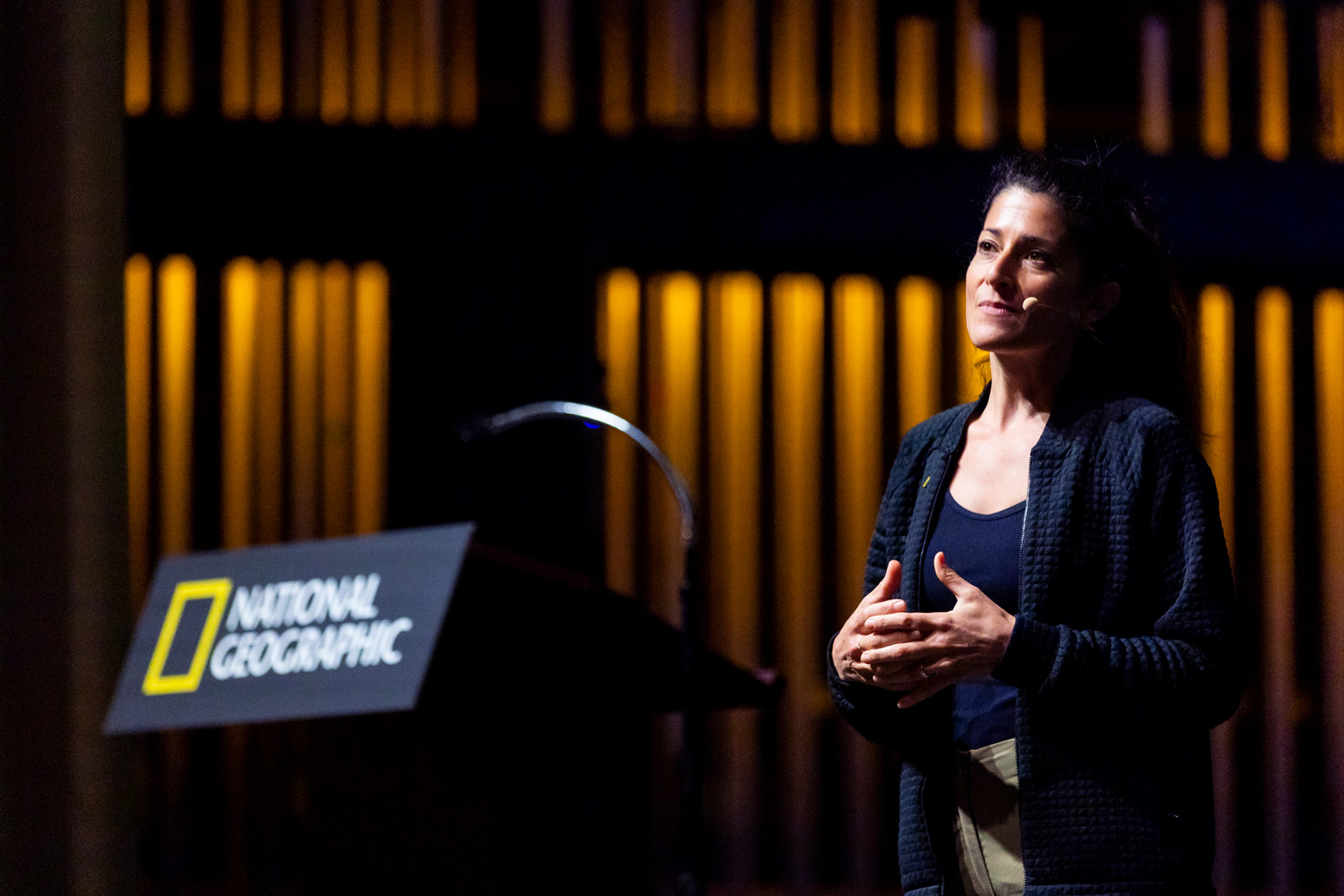
National Geographic Explorer and paleontologist Lindsay Zanno
Book a Speaker

National Geographic Society Explorer, filmmaker, and photographer Kiliii Yüyan
Nat Geo Live Speakers Bureau
National Geographic Live represents world-leading Explorers, photographers, scientists, authors, and filmmakers—individuals who draw on their experiences to inspire, challenge, and motivate audiences.
Book one of our speakers to captivate your next corporate gathering, convention keynote, or private event. Contact us to book a speaker.
Featured Event
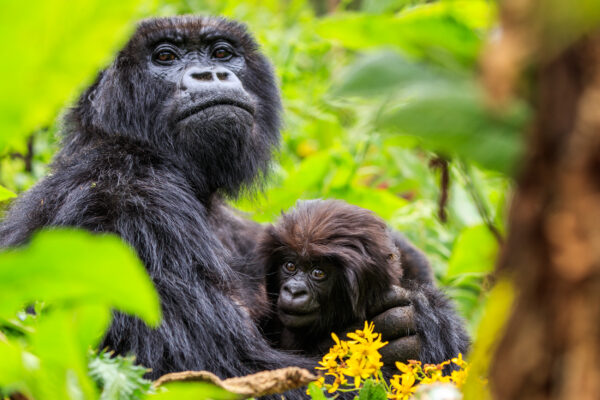
Social by Nature
Friday, May 24, 2024
Biologist turned photographer Ronan Donovan delves into the essence of what it means to be human by exploring our kinship with social mammals. Humans at our core are social mammals. We build relationships, communicate, reproduce, establish territories and adapt to shrinking resources. In these ways–and others– we’re no different than chimpanzees, wolves, gorillas and bears, who are among the most charismatic of the social mammals we know. We identify with them as species, groups, and even as named individuals. They’re also under threat. Join Donovan as he talks about his work in documenting these animals and what we, as fellow social mammals, can learn from them.
Find an Event
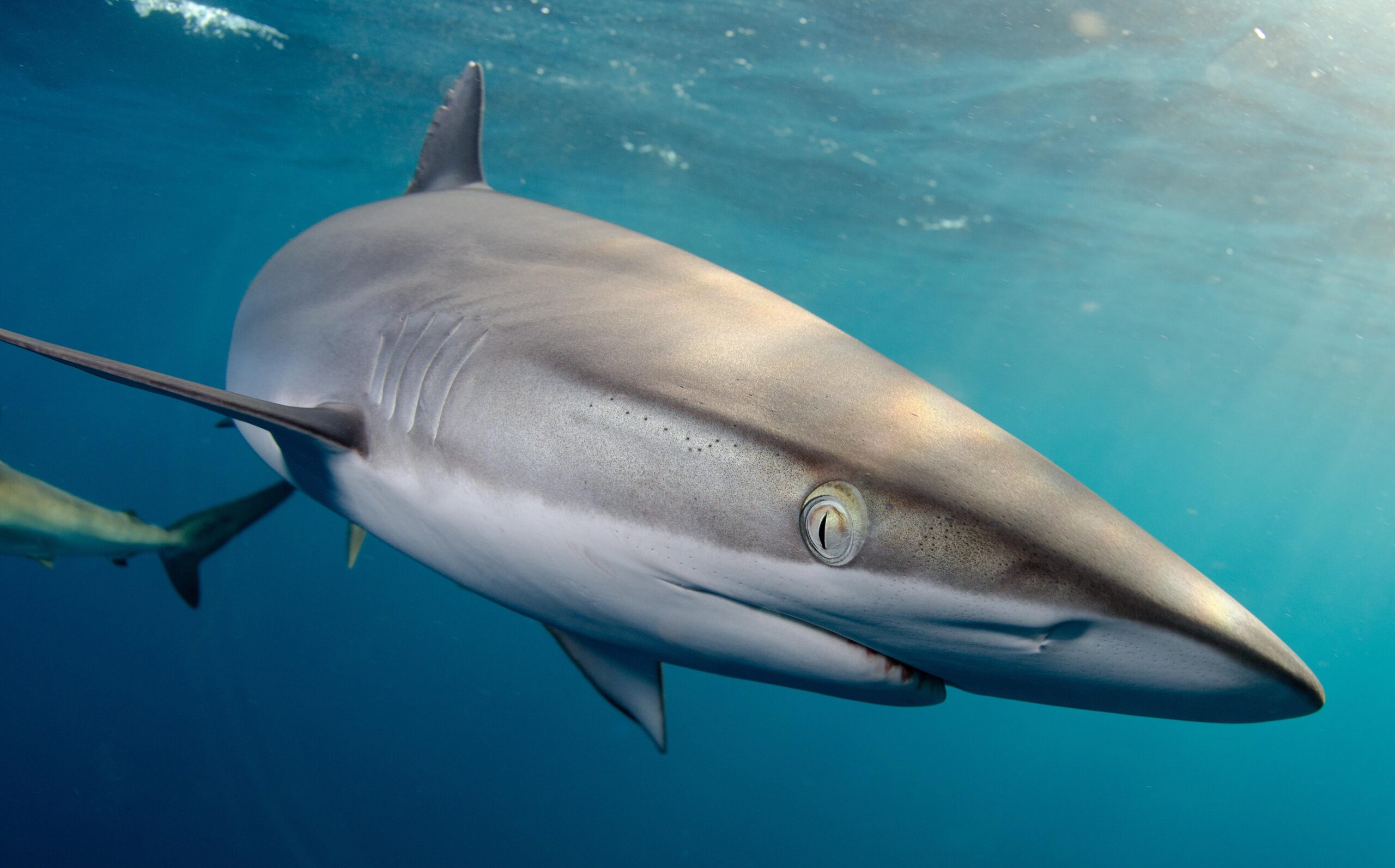
VENUE: Broadstage, Santa Monica, CA
Sharks have roamed the planet’s waters since before the dinosaurs and have evolved into more than a thousand species. But only recently have we begun to understand their lives in the ocean—and how our actions can threaten their survival. Dr. Jess Cramp will take audiences on a journey through the National Geographic archives to discover the work of pioneering women in shark science and storytelling before she dives into her work on the frontier of shark research and conservation. We’ll journey through the vibrant waters of the South Pacific in search of elusive breeding grounds and find out what it truly means to save sharks while working with communities struggling to maintain their traditional ways of life.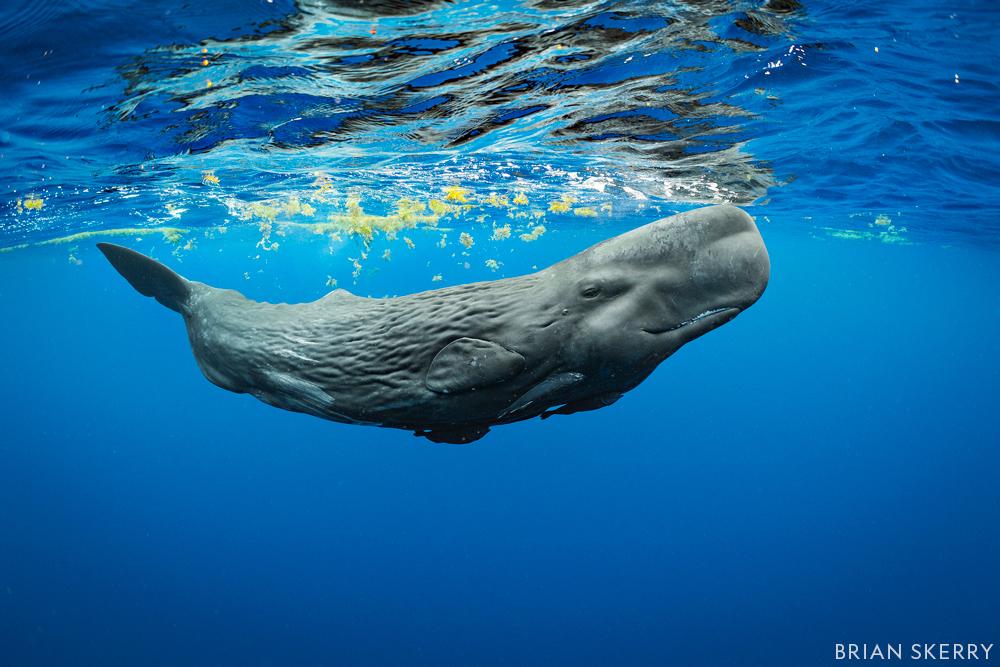
VENUE: Arts Commons Calgary, AB, Canada
From the creative genius of Academy Award-winning filmmaker James Cameron and acclaimed National Geographic Explorer Brian Skerry, the Emmy-winning Disney+ original series Secrets of the Whales takes audiences on an epic journey into the lives of whales, revealing that they are far more like us than ever imagined.
VENUE: Arts Commons Calgary, AB, Canada
From the creative genius of Academy Award-winning filmmaker James Cameron and acclaimed National Geographic Explorer Brian Skerry, the Emmy-winning Disney+ original series Secrets of the Whales takes audiences on an epic journey into the lives of whales, revealing that they are far more like us than ever imagined.
VENUE: Arts Commons Calgary, AB, Canada
From the creative genius of Academy Award-winning filmmaker James Cameron and acclaimed National Geographic Explorer Brian Skerry, the Emmy-winning Disney+ original series Secrets of the Whales takes audiences on an epic journey into the lives of whales, revealing that they are far more like us than ever imagined.
VENUE: Roy Thomson Hall, Toronto, ON Canada
Sharks have roamed the planet’s waters since before the dinosaurs and have evolved into more than a thousand species. But only recently have we begun to understand their lives in the ocean—and how our actions can threaten their survival. Dr. Jess Cramp will take audiences on a journey through the National Geographic archives to discover the work of pioneering women in shark science and storytelling before she dives into her work on the frontier of shark research and conservation. We’ll journey through the vibrant waters of the South Pacific in search of elusive breeding grounds and find out what it truly means to save sharks while working with communities struggling to maintain their traditional ways of life.
VENUE: Roy Thomson Hall, Toronto, ON Canada
Sharks have roamed the planet’s waters since before the dinosaurs and have evolved into more than a thousand species. But only recently have we begun to understand their lives in the ocean—and how our actions can threaten their survival. Dr. Jess Cramp will take audiences on a journey through the National Geographic archives to discover the work of pioneering women in shark science and storytelling before she dives into her work on the frontier of shark research and conservation. We’ll journey through the vibrant waters of the South Pacific in search of elusive breeding grounds and find out what it truly means to save sharks while working with communities struggling to maintain their traditional ways of life.
VENUE: Benaroya Hall Seattle, WA
Sharks have roamed the planet’s waters since before the dinosaurs and have evolved into more than a thousand species. But only recently have we begun to understand their lives in the ocean—and how our actions can threaten their survival. Dr. Jess Cramp will take audiences on a journey through the National Geographic archives to discover the work of pioneering women in shark science and storytelling before she dives into her work on the frontier of shark research and conservation. We’ll journey through the vibrant waters of the South Pacific in search of elusive breeding grounds and find out what it truly means to save sharks while working with communities struggling to maintain their traditional ways of life.
VENUE: Benaroya Hall Seattle, WA
Sharks have roamed the planet’s waters since before the dinosaurs and have evolved into more than a thousand species. But only recently have we begun to understand their lives in the ocean—and how our actions can threaten their survival. Dr. Jess Cramp will take audiences on a journey through the National Geographic archives to discover the work of pioneering women in shark science and storytelling before she dives into her work on the frontier of shark research and conservation. We’ll journey through the vibrant waters of the South Pacific in search of elusive breeding grounds and find out what it truly means to save sharks while working with communities struggling to maintain their traditional ways of life.
VENUE: Benaroya Hall Seattle, WA
Sharks have roamed the planet’s waters since before the dinosaurs and have evolved into more than a thousand species. But only recently have we begun to understand their lives in the ocean—and how our actions can threaten their survival. Dr. Jess Cramp will take audiences on a journey through the National Geographic archives to discover the work of pioneering women in shark science and storytelling before she dives into her work on the frontier of shark research and conservation. We’ll journey through the vibrant waters of the South Pacific in search of elusive breeding grounds and find out what it truly means to save sharks while working with communities struggling to maintain their traditional ways of life.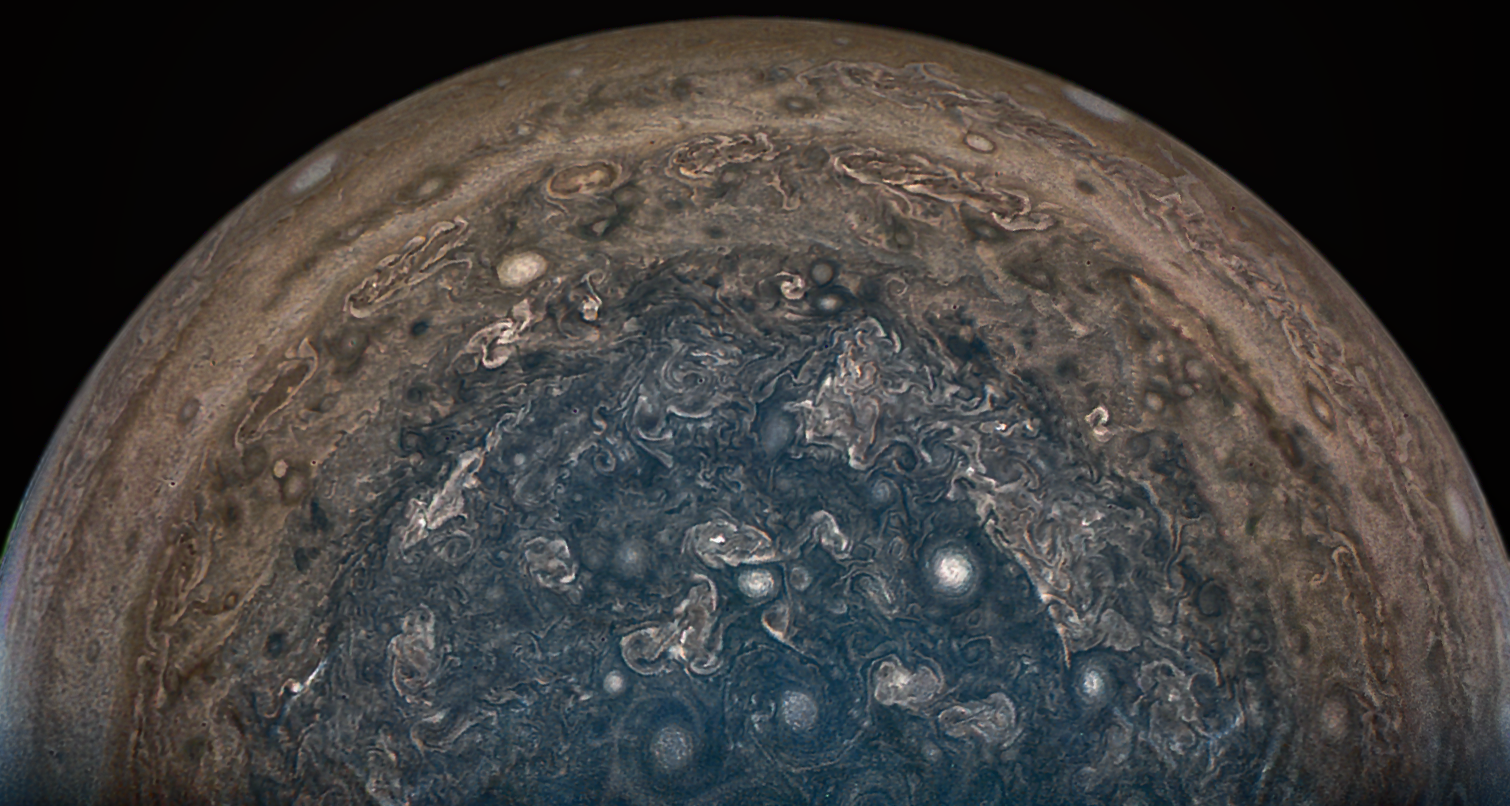
VENUE: The Perot Museum of Nature and Science-Dallas, TX
Discover the marvels of our cosmic backyard through the eyes of the robotic spacecraft sent out to explore it. Aerospace engineer Tracy Drain works at NASA’s Jet Propulsion Laboratory to develop, test, and operate the complex machines that uncover some of the countless mysteries within and beyond our solar system. Join her for thrilling stories of engineering challenges and scientific discoveries from the Kepler mission and its hunt for planets beyond our solar system, a behind-the-scenes account of the Juno mission to Jupiter, and a peek into the Psyche mission to one of the largest objects in the asteroid belt. With infectious enthusiasm, she’ll shine a light on the darkness and vastness of space.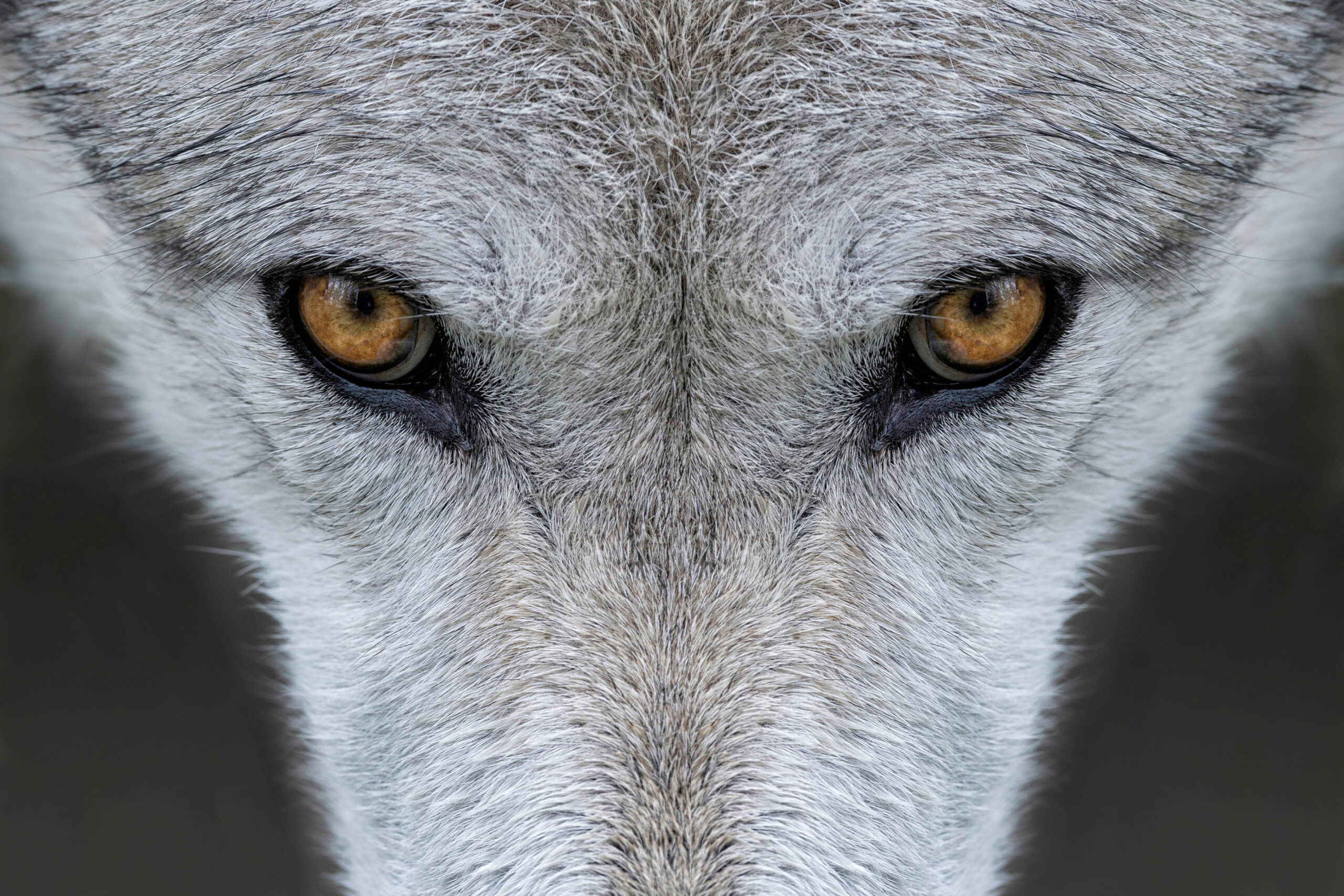
VENUE: Kleinhans Music Hall
Yellowstone National Park’s two million acres of wilderness have many stories to tell, from the original native peoples who lived on the land to the epic supervolcano that powers the park’s iconic geysers. But Yellowstone is also a case study in wildlife conservation, from bison to wolves. Now, join Doug Smith on a behind-the-scenes look at the ecosystem and his decades-long quest to reintroduce wolves to the world’s first national park. Return to the wild and witness the beauty, wonder, and science behind America’s greatest wilderness.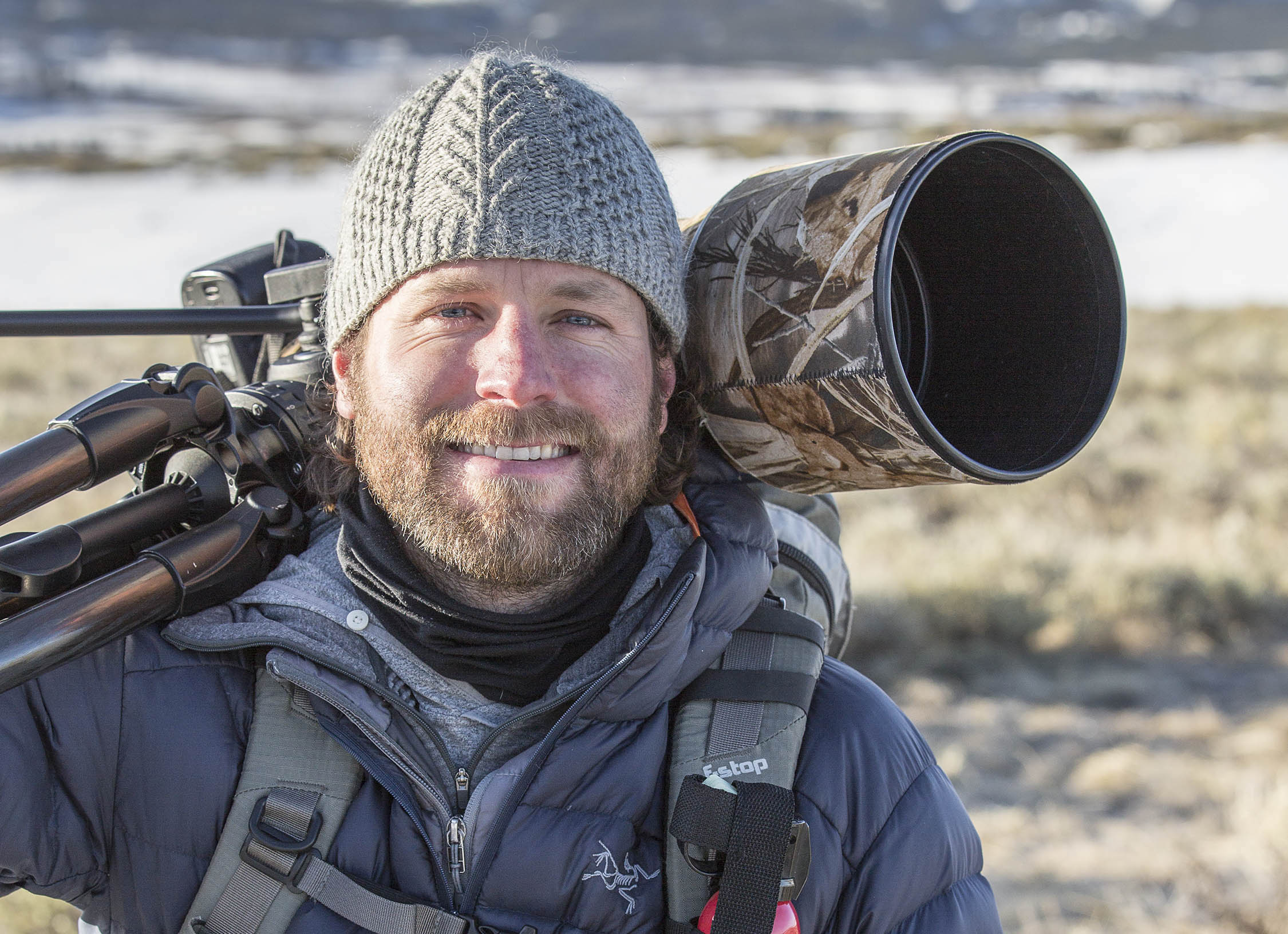
VENUE: Whatcom Museum – Bellingham, WA
Biologist turned photographer Ronan Donovan delves into the essence of what it means to be human by exploring our kinship with social mammals. Humans at our core are social mammals. We build relationships, communicate, reproduce, establish territories and adapt to shrinking resources. In these ways–and others– we’re no different than chimpanzees, wolves, gorillas and bears, who are among the most charismatic of the social mammals we know. We identify with them as species, groups, and even as named individuals. They’re also under threat. Join Donovan as he talks about his work in documenting these animals and what we, as fellow social mammals, can learn from them.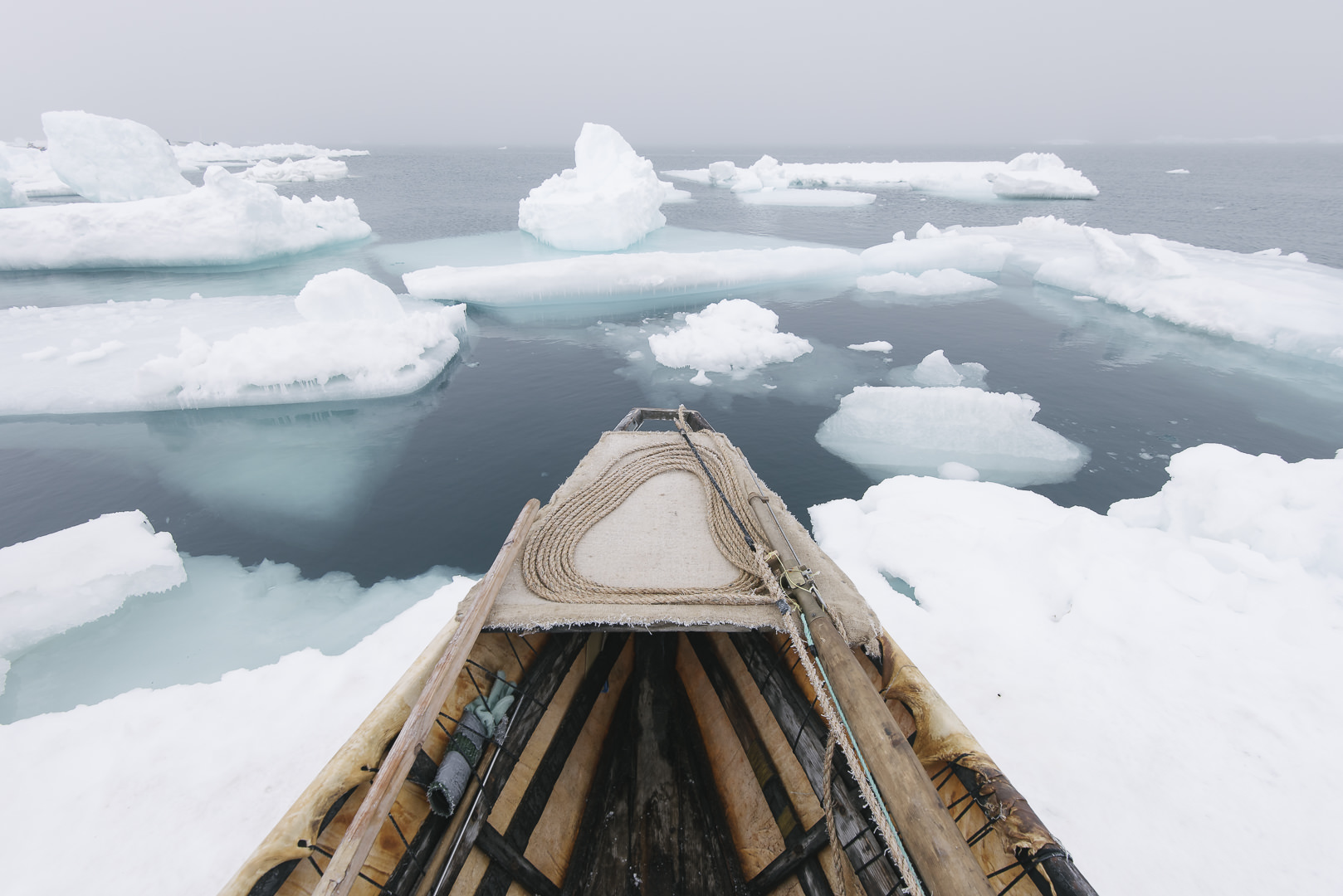
VENUE: Arts Commons Calgary, AB, Canada
In the Arctic north, sea ice is synonymous with the sand in the desert. The ice is vital for transportation, for food, for living. And while the temperatures seem inhumane, the Arctic is teeming with life. Indigenous tribes call this frosty land home, but they’re not alone. Polar bears, musk ox, whales and caribou are some of the Arctic animals co-existing with more than 40 different ethnic groups in the north. Through beautiful images and awe-inspiring moments, National Geographic Live takes you on a journey with our first Indigenous speaker Kiliii Yüyan to understand the native peoples and their relationship to a frigid land and its animals.
VENUE: Arts Commons Calgary, AB, Canada
In the Arctic north, sea ice is synonymous with the sand in the desert. The ice is vital for transportation, for food, for living. And while the temperatures seem inhumane, the Arctic is teeming with life. Indigenous tribes call this frosty land home, but they’re not alone. Polar bears, musk ox, whales and caribou are some of the Arctic animals co-existing with more than 40 different ethnic groups in the north. Through beautiful images and awe-inspiring moments, National Geographic Live takes you on a journey with our first Indigenous speaker Kiliii Yüyan to understand the native peoples and their relationship to a frigid land and its animals.
VENUE: Roy Thomson Hall, Toronto, ON
In the Arctic north, sea ice is synonymous with the sand in the desert. The ice is vital for transportation, for food, for living. And while the temperatures seem inhumane, the Arctic is teeming with life. Indigenous tribes call this frosty land home, but they’re not alone. Polar bears, musk ox, whales and caribou are some of the Arctic animals co-existing with more than 40 different ethnic groups in the north. Through beautiful images and awe-inspiring moments, National Geographic Live takes you on a journey with our first Indigenous speaker Kiliii Yüyan to understand the native peoples and their relationship to a frigid land and its animals.
VENUE: Roy Thomson Hall, Toronto, ON
In the Arctic north, sea ice is synonymous with the sand in the desert. The ice is vital for transportation, for food, for living. And while the temperatures seem inhumane, the Arctic is teeming with life. Indigenous tribes call this frosty land home, but they’re not alone. Polar bears, musk ox, whales and caribou are some of the Arctic animals co-existing with more than 40 different ethnic groups in the north. Through beautiful images and awe-inspiring moments, National Geographic Live takes you on a journey with our first Indigenous speaker Kiliii Yüyan to understand the native peoples and their relationship to a frigid land and its animals.
VENUE: Roy Thomson Hall, Toronto, ON
In the Arctic north, sea ice is synonymous with the sand in the desert. The ice is vital for transportation, for food, for living. And while the temperatures seem inhumane, the Arctic is teeming with life. Indigenous tribes call this frosty land home, but they’re not alone. Polar bears, musk ox, whales and caribou are some of the Arctic animals co-existing with more than 40 different ethnic groups in the north. Through beautiful images and awe-inspiring moments, National Geographic Live takes you on a journey with our first Indigenous speaker Kiliii Yüyan to understand the native peoples and their relationship to a frigid land and its animals.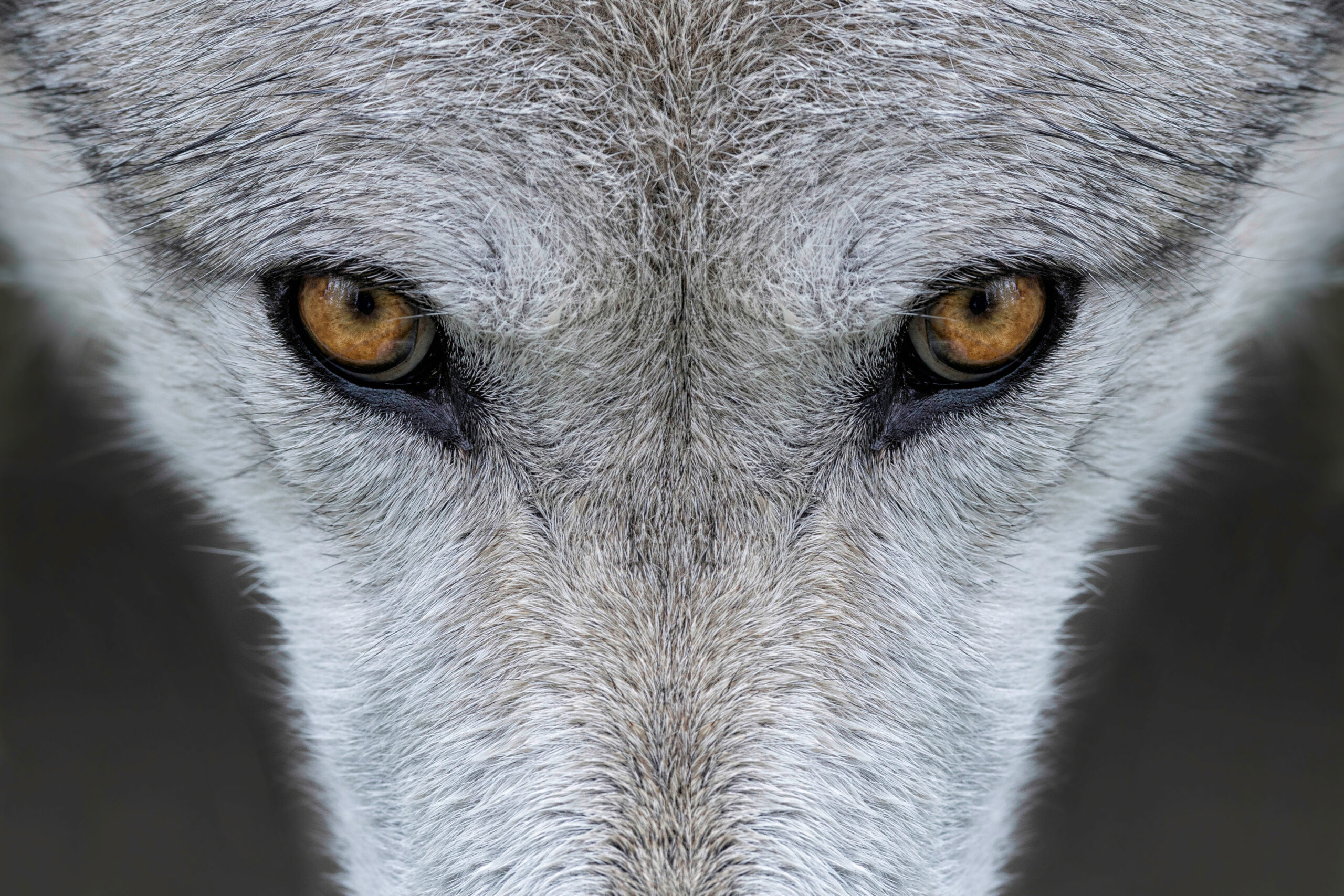
VENUE: The Smith Center, Las Vegas, NV
Yellowstone National Park’s two million acres of wilderness have many stories to tell, from the original native peoples who lived on the land to the epic supervolcano that powers the park’s iconic geysers. But Yellowstone is also a case study in wildlife conservation, from bison to wolves. Now, join Doug Smith on a behind-the-scenes look at the ecosystem and his decades-long quest to reintroduce wolves to the world’s first national park. Return to the wild and witness the beauty, wonder, and science behind America’s greatest wilderness.
VENUE: Benaroya Hall Seattle, WA
Yellowstone National Park’s two million acres of wilderness have many stories to tell, from the original native peoples who lived on the land to the epic supervolcano that powers the park’s iconic geysers. But Yellowstone is also a case study in wildlife conservation, from bison to wolves. Now, join Doug Smith on a behind-the-scenes look at the ecosystem and his decades-long quest to reintroduce wolves to the world’s first national park. Return to the wild and witness the beauty, wonder, and science behind America’s greatest wilderness.
VENUE: Benaroya Hall Seattle, WA
Yellowstone National Park’s two million acres of wilderness have many stories to tell, from the original native peoples who lived on the land to the epic supervolcano that powers the park’s iconic geysers. But Yellowstone is also a case study in wildlife conservation, from bison to wolves. Now, join Doug Smith on a behind-the-scenes look at the ecosystem and his decades-long quest to reintroduce wolves to the world’s first national park. Return to the wild and witness the beauty, wonder, and science behind America’s greatest wilderness.
VENUE: Benaroya Hall Seattle, WA
Yellowstone National Park’s two million acres of wilderness have many stories to tell, from the original native peoples who lived on the land to the epic supervolcano that powers the park’s iconic geysers. But Yellowstone is also a case study in wildlife conservation, from bison to wolves. Now, join Doug Smith on a behind-the-scenes look at the ecosystem and his decades-long quest to reintroduce wolves to the world’s first national park. Return to the wild and witness the beauty, wonder, and science behind America’s greatest wilderness.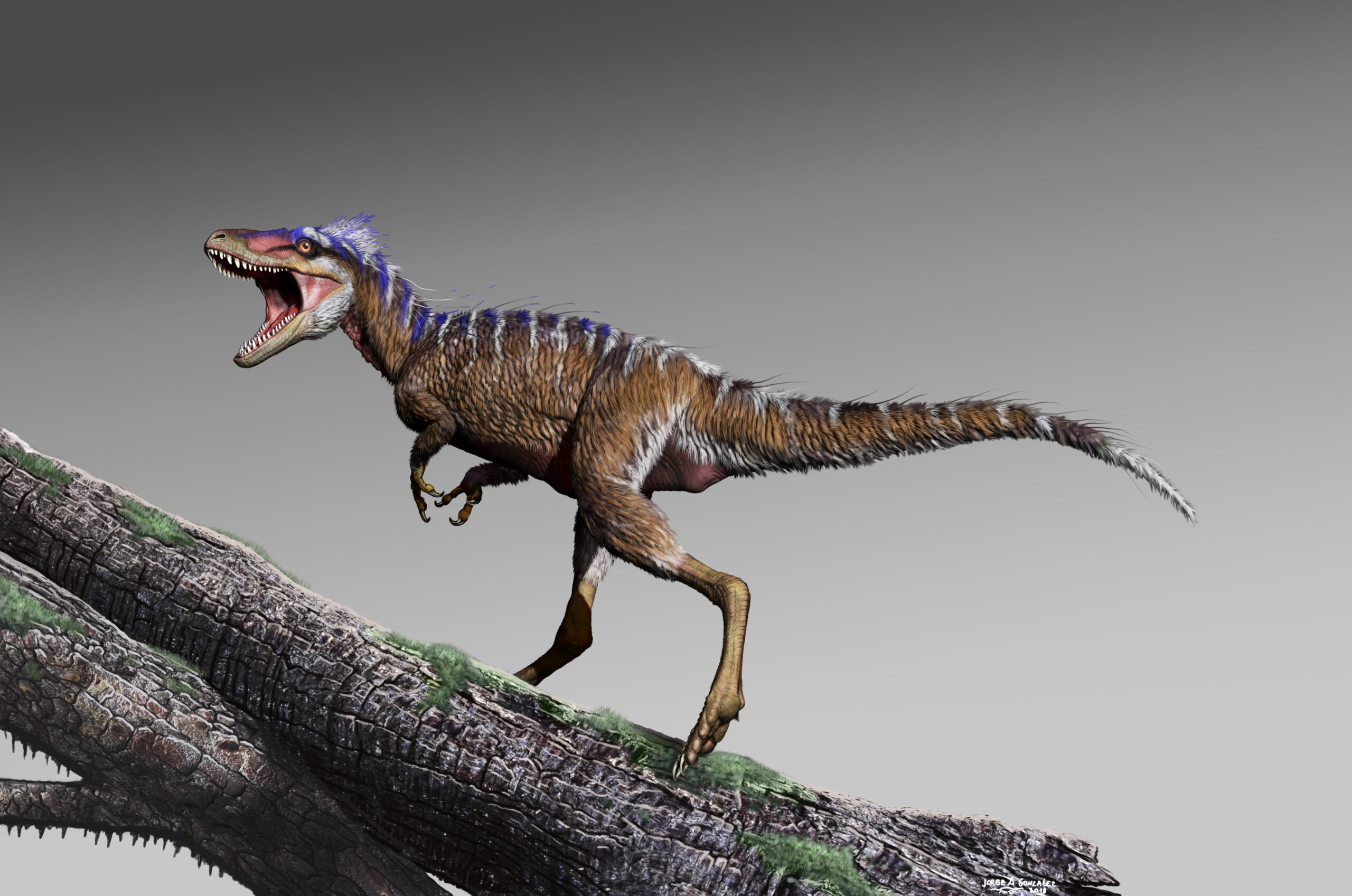
VENUE: The Perot Museum of Art – Dallas, TX
How did T. rex become the iconic apex predator of North America 66 million years ago? Paleontologist Dr. Lindsay Zanno is uncovering the answer. Each year she spends several months on expedition, scouring the badlands of western North America in search of clues. Along the way, she has discovered many new species—including some of the earliest predecessors of T. rex. Join Lindsay for a fascinating look at how a global climate crisis during the Cretaceous changed the course of evolution for this prehistoric tyrant and its ancestors.National Geographic Concerts
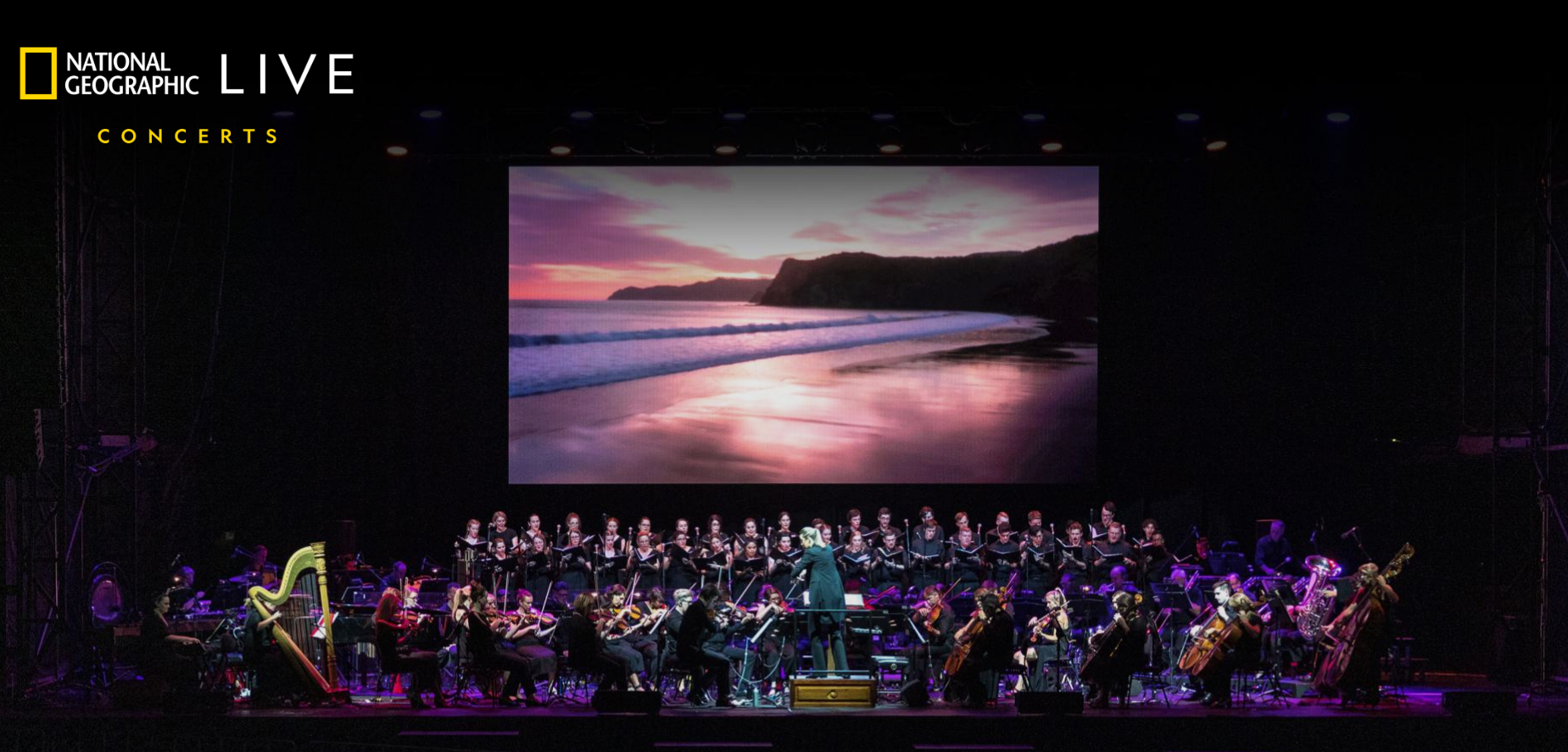
FAQs
For Venues, Companies, and Potential Partners
Contact us at nglive@ngs.org.
National Geographic has a Speakers Bureau offering a broad range of talent, covering a variety of topics related to exploration, adventure, discovery, science, conservation, history, and current events. Please contact us at speakers@ngs.org so we may understand more about your event and help identify a speaker within your budget.
Nat Geo Live is made possible through ticket sales and sponsorship revenue. For more information about how you, your foundation, or your company can get involved, please email nglive@ngs.org for more details.
In the era before television and movies, the National Geographic Society delivered a world of adventure to its Washington D.C. members by inviting prominent explorers and scientists to speak about their work. In February 1888–just one month after the Society’s founding and before the first published National Geographic magazine–explorer John Wesley Powell inaugurated the speakers series by delivering a talk about the physical geography of the United States.
Very quickly the Society began attracting explorers eager to tell their stories, including Fridtjof Nansen, an Artic explorer; Gifford Pinchot, founder of the U.S. Forest Service; and mountaineer Annie S. Peck, who told of climbing peaks in the Alps and volcanoes in Mexico. Thousands gathered to hear Roald Amundsen, soon to be the first man to reach the South Pole, discuss his recent navigation of the Northwest Passage.
Photo credits (from top of page): Sam Kittner, Jeanne Modderman, Sam Kittner, Mark Thiessen, Kris Ugarriza, John Landino, Terry Virts, National Geographic, Brian Skerry, John Landino, Mark Synnott